At the end of March, COVID-19 began silently snaking through the corridors and the rooms of America’s psychiatric institutions, forensic facilities, and other congregate settings where individuals are confined together in close spaces, often with many hundreds of workers coming and going on a daily basis.
As reported in Part 1 of this series, since the start of the pandemic, much attention has rightfully been paid to the spread of the virus in jails, prisons, and immigrant detention centers, with advocates demanding that states take measures to thin the populations of correctional facilities immediately. But according to an April 16 statement by the Judge David L. Bazelon Center for Mental Health Law, psychiatric facilities have not received the same level of public scrutiny. “One challenge that needs to receive more attention is reducing the number of people confined in psychiatric facilities,” the statement said.
While the data remain incomplete, at least one journalist has found that the number of reported COVID-19 cases among those medically incarcerated in psychiatric facilities is “roughly double” that of those incarcerated in federal prisons.
When I started reporting, there were just a handful of COVID-19 cases in state psychiatric wards.
After a week of data collection (still incomplete) I found the case number was nearly 1500 – roughly double that reported in the federal prison system. https://t.co/zSH6mGb77Y
— Kit Ramgopal (@KitRamgopal) April 17, 2020
Towards the beginning of the pandemic, Mad in America put out a request on social media for firsthand accounts. Several individuals have since come forward to share their experiences of mismanaged COVID-19 responses at facilities ranging from a psychiatric inpatient unit in a public general hospital to two state-run psychiatric institutions to a posh, internationally-renowned private psychiatric hospital. All but one person asked that their names and the names of the hospitals not be shared publicly, both out of fear of losing their jobs and to protect the privacy of other individuals involved.
“Make This the Quickest Admission You’ve Ever Had”
Mad in America spoke to Lori Sevigny on April 18, the day after her 72-hour psychiatric hold ended. Sevigny went to the emergency room of a large city hospital in the Northeast on April 14. She was grieving and in extreme distress after a beloved community member passed away.
Sevigny told Mad in America that if the peer-run 24/7 alternative crisis center in her area had been able to remain open during the pandemic, she definitely would have gone there. Going to the ER felt like the only option, she said.
Sevigny, a former nurse, was told that a bed was available at the trauma unit of a nearby private psychiatric facility, and she initially had hopes of being admitted. “I’ve been there before, and that’s what I thought would best help me,” she said.
However, the transfer process was completely upended by COVID-19. Sevigny was told that due to the pandemic, she would have to be medically cleared before she could be transferred to the trauma unit. By the time the blood work, x-ray, and a COVID-19 test were completed, she had been in the ER for 24 hours.
On April 15, at the 24-hour mark, Sevigny demanded to see a psychiatrist in the ER. “I was first told I couldn’t see one unless I agreed to go to their unit. This was when I was still supposed to go to the private hospital,” Sevigny explained. She declined to see the psychiatrist, willing to take her chances for a bit longer.
Sevigny then learned that the bed she had been hoping for had already been filled at the trauma unit at the private hospital. Although she tested negative for COVID-19, she was told that she had been denied a bed there, and at one other private hospital, due to pre-existing health conditions which put her at high risk of complications from the novel coronavirus.
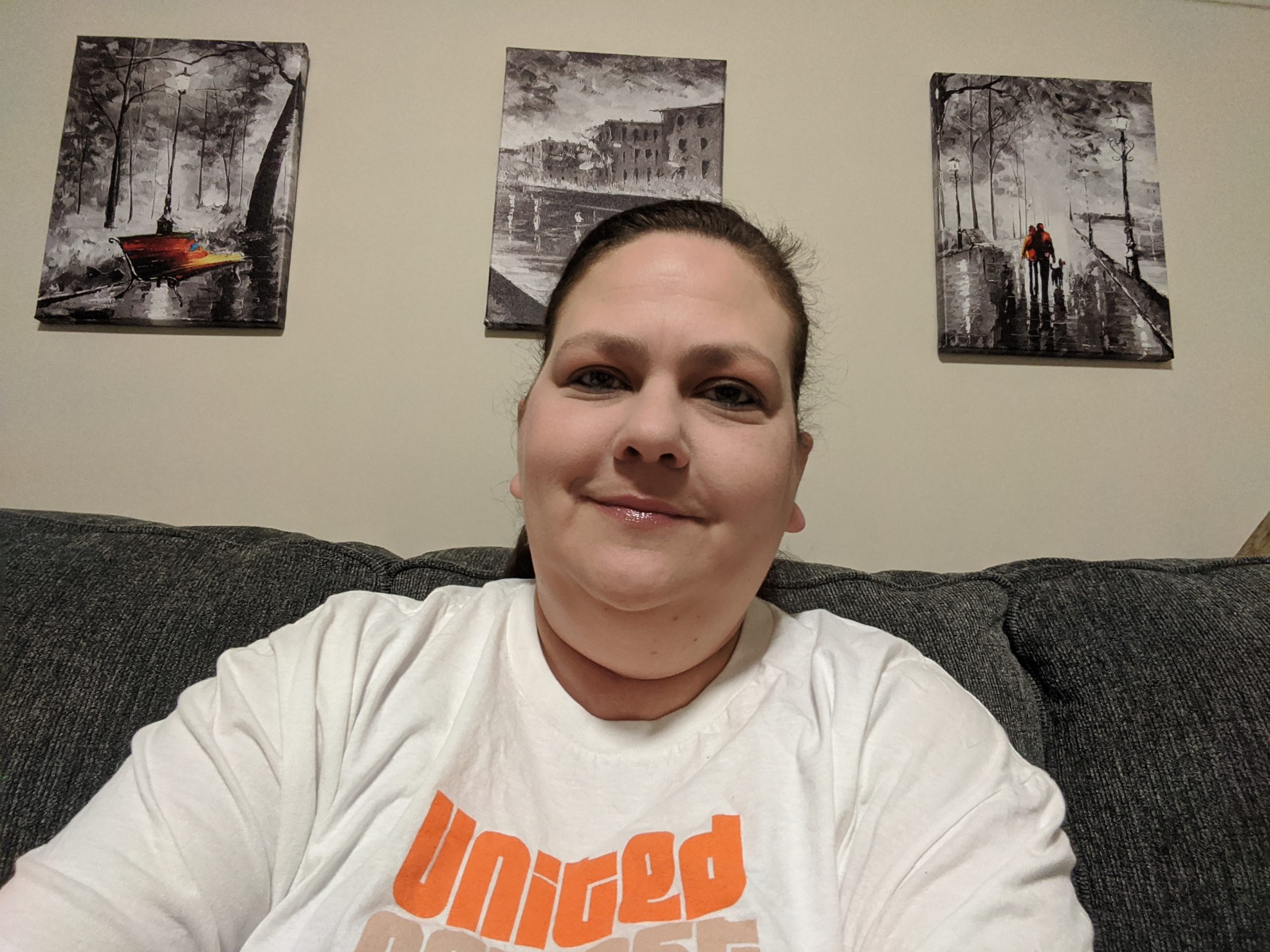
Eventually, Sevigny saw a psychiatrist in the ER. She tried to explain that she felt “a hundred percent safe” and that a clinician could vouch for her. She clarified that the overwhelming wave of grief that brought her to the ER had passed. “[It all] just hit me, and I’m very sorry I took up time here,” she remembered telling him.
The psychiatrist rudely cut her off. “The only words I want to come out of your mouth are one of two words: one word would be ‘voluntary,’ and the second would be ‘involuntary,'” he told her.
When she tried to object, the psychiatrist said, “You have three seconds to pick your word or I’m picking it for you.”
“So my feisty self said, ‘I have three words for you: Fuck you—voluntary,’” Sevigny said. “The nurse laughed. But he did not like that. And then I was like, ‘Oh dear God, let this not be my doctor on the unit.’”
While Sevigny was clearly not a danger to herself at the time, she reports that the psychiatrist told her that she was one of his highest-risk patients because of her “suicidal actions.” Her last suicide attempt was nearly a decade ago. “How is that a high risk?” she wondered.
As Sevigny was being “voluntarily” admitted, she remembered feeling like “something bad was going to happen.” She told the doctor and the clinician: “I’m going to die up there. They’re going to kill me.”
When Sevigny got to the psychiatric unit, her blood pressure was so critical that an attending physician was called to treat her. “In the ER they weren’t really monitoring my vitals because I was on a psychiatric hold,” she said. “I could have been helped in the ER more quickly if they checked my vitals. But I was a psychiatric patient.”
Prior to being transferred onto the unit, Sevigny had been complaining to the ER nurse about symptoms including blurred vision, tingling hands, and a “funny feeling” in her face.
“She kept giving me Ativan. I’m not even on Ativan.”
Sevigny understood what was up: “It was the ‘be quiet’ pill.”
Once Sevigny’s blood pressure had been stabilized, the psychiatric unit nurse gave her some advice. “She said, ‘Between you and me, make this the quickest admission you’ve ever had. You’ll see why. Use your advocacy, and use your insight, and use your nursing judgment.’”
Having passed the gauntlet of the ER, Sevigny would next have to figure out how to navigate her own crisis and get out of a psychiatric unit clearly unprepared to prevent or mitigate the spread of the virus.
But first, here are two firsthand accounts from hospital workers at state-run psychiatric facilities with harrowing stories of their own to tell.
Oregon State Hospital: The “Appearance” of Protection
A worker at Oregon State Hospital spoke to Mad in America about his experience during the second week in April. He said that one of the first things the hospital did when the governor declared a state of emergency in early March was to reclassify as essential many workers who had been deemed non-essential.
“It is comforting to have some sense of job security, especially as the economic impacts continue to reveal themselves,” the hospital worker said, although he was clear that the hospital reclassified the workers for the sole purpose of being able to demand that they come to work during the pandemic, or be fired.
Like employees at other large state hospitals, the OSH worker documented an atmosphere of ongoing confusion, suspicion, tension, and non-transparency. Given that the hospital is not far from initial hotspots that broke out just to the north in Washington state, workers began to express concerns about safety very early on.
“The initial messaging from our administration was ‘don’t panic, these kinds of things happen, we’ve got a handle on this, we’re watching this, you can trust us, just go about doing your jobs,’” he said. “Staff felt this to be at odds with other messaging coming out of Washington state, the CDC, and the WHO.”
The administration started to make incremental changes to their guidance to staff, but within a matter of days, employees were suddenly being informed of a set of far more intensive restrictions that would be strictly enforced. From being told simply to wash their hands, they were now being told to wash their hands when moving from place to place in the hospital. Workers were informed that if one of their supervisors or colleagues observed them touching their face, they would be told to stop.
Conversations began to “swell up” at the hospital, the worker said, with staff taking liberties and sending out all-campus emails criticizing what he characterized as the administration’s “piecemeal response, inconsistently applied,” in handling the crisis.
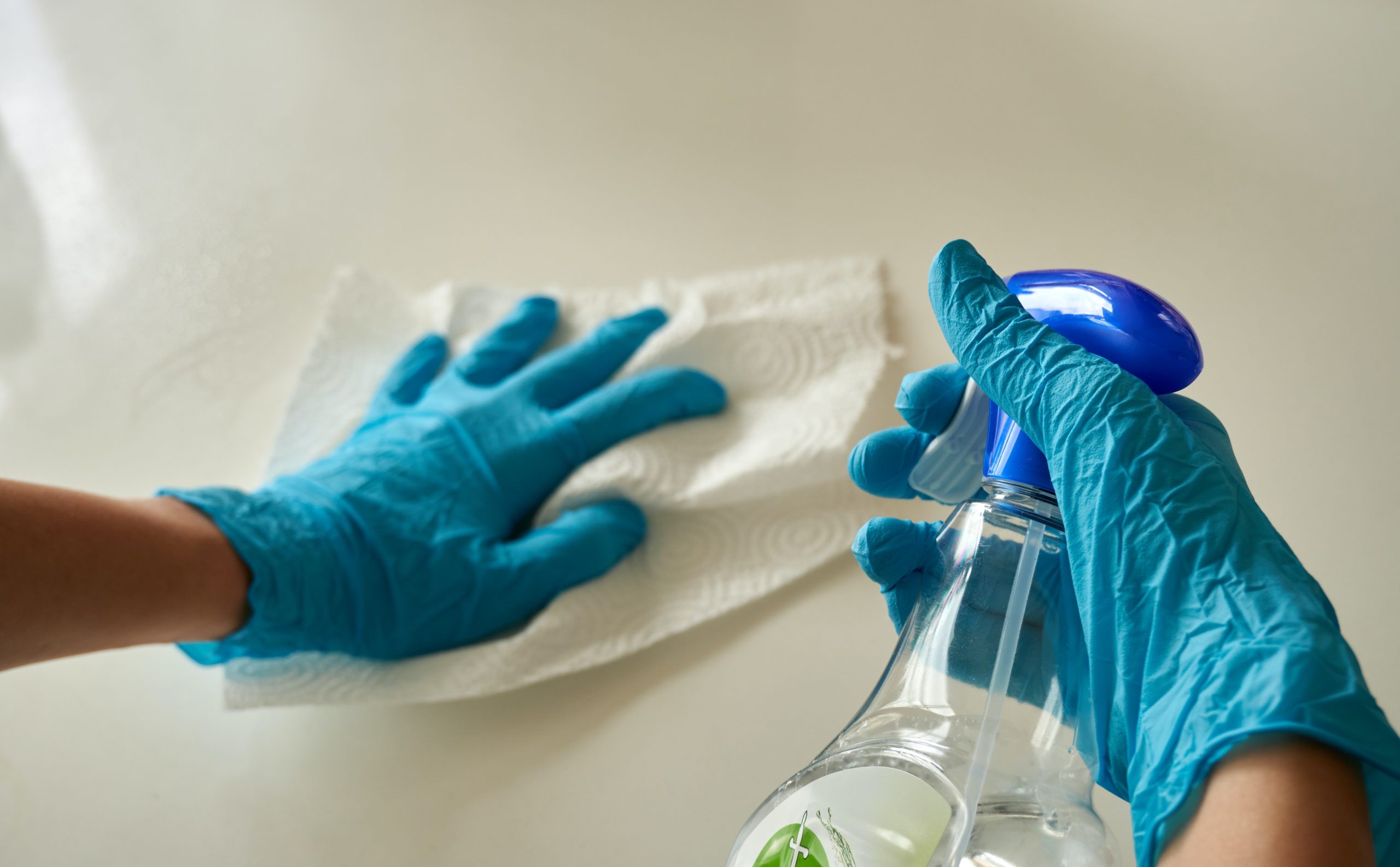
“The administration is now creating the appearance of putting some higher level of protection,” the hospital worker explained, “while ignoring how that’s being violated every day, hour to hour.” As an example, once the hospital started up admissions again, patients were to go to a specially-designated unit, where they would be quarantined for 14 days before being moved to other parts of the hospital.
The problem with this, the worker said, is that admissions are being done on a rolling basis. “Person A could be quarantined in the unit from May 1 to May 14, and then if they are free of symptoms, moved out on May 15. But in the meantime, person B could have been admitted to the unit on May 7, and begin to show symptoms of COVID-19 on May 17. Person A has now already been exposed to the virus before they were moved out of the unit, and were now potentially spreading it to other parts of the hospital.”
He said that standard employee screenings consist of three questions: “Have you been tested for COVID-19? Has a family member been tested for COVID-19? And, have you had a fever or a cough in the last 72 hours?”
“How is this helpful in any way?” the OSH worker wondered. “The first two questions are always going to be ‘no’ because practically no one is being tested. And the third question does nothing to address asymptomatic carriers.”
The worker also noted the near-complete absence of the physical presence of leadership during the crisis, which has “compromised any confidence in anything that’s being done.”
While senior administrators were rarely seen by front-line workers at the hospital even prior to the pandemic, according to this source, they have not been witnessed on the grounds of OSH since the pandemic began.
A “widespread” rumor has been circulating among OSH employees: “Maybe why we haven’t seen them is that they are all sheltering safely in their homes.”
Required to Work, at High Risk
A worker in a large public psychiatric institution in the Northeast shared a horror story of her own with Mad in America on April 10. From the beginning of the pandemic, this worker said, the conditions felt oppressive. “Staff who expressed concerns about the virus in meetings were yelled at by a high-level administrator and accused of being ‘hysterical,’” she said.
The worker became increasingly nervous about coming into the hospital due to her own underlying health conditions that put her into the high-risk category. She procured a doctor’s note attesting to this fact and put in a Family and Medical Leave Act (FMLA) request. She was told to stay home and use her sick time while the request was pending, and was given written assurance via email that the application would be approved.
After a few days of hearing nothing, she asked for an update and was emailed a denial letter. Now, she is all out of sick leave and must go back to work immediately. Her partner is unemployed. “I have a mortgage to pay,” she said.
She expressed authentic care and concern for the patients she works with at the hospital but said that while necessary, social distancing requirements make it impossible for her to do her job properly. “There’s no chance to have a private conversation with somebody on a unit,” she said.
This hospital worker said administrators did not respond to recommendations from staff regarding creative uses of technology that would allow high-risk essential workers to provide remote support to people in care. “I could do a much better job supporting the people I work with if the hospital would allow me to work from home,” she said.
She is one of several immunocompromised persons on staff who has been denied FMLA and has been ordered to continue working. “They give us one mask a week that we’re supposed to reuse, some shitty little paper mask.”
She reported that one of her fellow hospital workers, who is currently on immunosuppressive therapy, recently said to her, “They’re not going to pay for my funeral, are they?”
The hospital staff has formed a private Facebook group to support each other.
One week later, this worker reported that conditions at the hospital had improved somewhat, although she still feels far from safe. “We are now getting a new surgical mask every day,” she said. The National Guard had come in to decontaminate during the past week, and all the patients were tested for COVID. As of this writing, the worker said the hospital was not testing staff. Those who failed the daily verbal screening were encouraged to get tested.
Currently, at least twenty staff have tested positive for the virus, and five patients have, she said. “They [the patients] probably all got it from us.”
While the hospital finally granted hazard pay to the workers, she said that licensed workers receive an additional ten dollars per hour, while unlicensed workers receive half that amount. “Unlicensed workers such as myself are sacrificial lambs,” this hospital worker said. “As if my safety is worth five dollars less an hour.”
“People Are Just So Vulnerable”
The mismanagement of COVID-19 in psychiatric hospitals runs the gamut from state-run facilities to private facilities, including hospitals with world-class reputations. A father spoke to Mad in America about his family’s experience with a famed high-end private psychiatric facility in the Northeast. While he declined to name the institution directly, he provided a hint: “Think ‘James Taylor.’”
His 27-year-old daughter attempted suicide last November. Following the suicide attempt, she checked herself into the hospital and ended up on a short-term unit (STU) which, as the family member explained, can sometimes turn into a longer-term unit. His daughter had been there for months by the time COVID-19 reached the U.S.
As the seriousness of the pandemic was becoming apparent, the hospital at first limited visitors to one at a time and banned outside food, the parent said. A few days later, visitors were banned altogether. He had stopped visiting his daughter at the hospital anyway, as he was self-quarantining due to his own immunosuppressed status.
On March 19, this father began to suspect that something was amiss at the fancy institution. His daughter had authorized her parents to communicate with her social worker; in a conversation with the social worker while the “one visitor at a time” policy was in effect, he informed her that his wife would be visiting later that day. According to him, the social worker said, “Oh no, so can’t she [your daughter] come home?”
The parent recalled, “I was baffled. We had never discussed my daughter coming home. We were searching for another program. And I had already explained to her that I was quarantining and at-risk myself.”
“I told her, ‘No, our daughter cannot come home. She has been exposed to too many people,’” the parent said.
This father and his wife were in constant contact with their daughter, who was allowed to possess a cell phone on the STU. She texted her parents on March 21 saying that the staff had just informed the residents that a COVID-19 patient was being brought onto the unit and that there would be some new restrictions on what areas of the STU the residents could access.
The daughter was sending her parents increasingly frantic texts. Staff was not gowning up going in and out of the unit where the COVID-19 patient was quarantined, she texted. Her door was two doors down [from the COVID-19 patient], and she could hear her coughing, she told her parents.
“You have to understand that this is an old building, and a small unit,” the father explained.
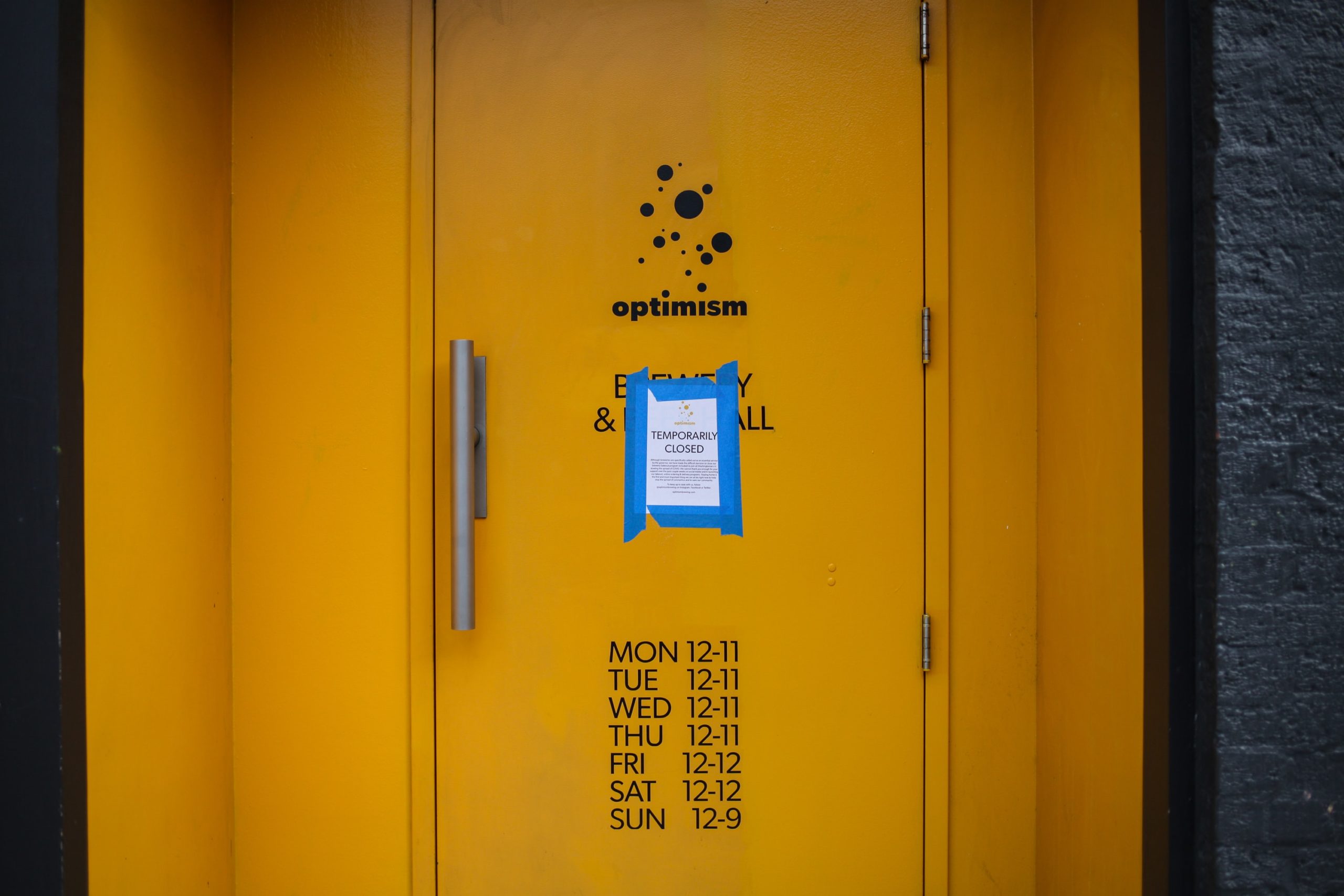
He also suspects that the staff had been untruthful with the residents to calm them down. When staff told residents that a COVID-19 patient was being brought onto the unit, they were each given face masks and told that the room where the patient was quarantined was “negatively pressurized.”
“It’s a lie,” the parent said. “One of the other residents had stayed in that room before and told my daughter that there was nothing whatsoever to indicate that it was negatively pressurized.”
According to this parent, the first night that the COVID-19 patient was brought onto the unit, two families showed up and took their loved ones out of the hospital.
He called his daughter’s psychiatrist the next day, but the psychiatrist never called back.
Instead, an administrator, “someone I had never met,” contacted him, he said. “Why would you not give the patients more advance notice of this?” he demanded to know. The administrator said something about “behavior management.”
“You should have let families know,” the parent said. “We could have put plans in place.”
“My daughter was begging and crying, ‘please come get me,’” the parent said. He was becoming increasingly alarmed because his daughter also had an underlying health condition that put her at risk.
On March 22, more COVID-19 patients were brought onto the STU. And on March 23, the daughter signed herself out.
This father said that she is now quarantining alone in a private location, where she has a few friends checking in on her through the door and bringing supplies.
“It’s scary to have her out there, alone,” he said.
He added, “We have been aware through every step that here we were, able to access ‘top care,’ and it was still so hideous. What happens, who you have to deal with, the mistakes that were made. People are just so vulnerable.”
“This is Deplorable”
Sevigny, for her part, was given a mask upon admission to the psychiatric unit in the large public hospital and was told wearing it was mandatory in common areas, but optional in her room.
Sevigny stepped into her room, only to be horrified at what she saw. First, she had a roommate. Second, the beds were nowhere near six feet apart. Third, Sevigny chose to wear her mask; her roommate did not.
“We had to eat in our rooms, at desks, [which] were about three feet apart,” she said.
Sevigny was well aware that while she had been tested for COVID-19 in order to be medically cleared for transfer to the private facility, that was not necessarily the case with other patients who had come through the ER.
Towards the end of her stay, Sevigny said that her roommate developed a “very nasty-sounding, dry cough.” She reported her roommate, telling her, “I don’t want to scare them, but I don’t feel good.”
As a licensed nurse, Sevigny felt ethically obligated to get someone additional help for her roommate. She tried to talk to a mental health worker on the unit, who waved her off, saying, “We heard it [the coughing]. She’s fine. She has no fever.”
She then found a “friendly-seeming” doctor on the unit and asked if she would look into it. The doctor said that she would, but nothing happened. When Sevigny asked her roommate if anyone had come to check on her, she said they had not. “Hours go by, and she’s still coughing.” While she was assured that her roommate’s condition had “been reported,” Sevigny left before knowing if she received further care or testing.
Sevigny told Mad in America that the hospital was still conducting large group therapy sessions. As a trained medical professional, she was alarmed that staff was not adhering to guidelines issued by her state’s governor, which prohibited groups of more than 10 individuals from congregating at any given time.
She began counting the number of people in the group therapy rooms: “Every time, the groups were between 12 and 14 people.” Sevigny describes individuals sitting in close quarters around a large, square conference table in one of the group rooms, “chair to chair to chair.” In other, more popular, groups, people were packed in “elbow to elbow,” as Sevigny characterized it. “Those were the ‘good’ groups: the music groups, the groups where you can write with actual pens.”
As a writer, Sevigny finds access to writing materials essential for processing difficult experiences. But she soon discovered that her treatment plan stipulated that she was only allowed to have a pen to write with if she attended group therapy sessions. When she tried to object to being coerced into attending the crowded groups, the staff responded with a veiled threat: “It’s in your best interest [to attend the groups], and we want your discharge to go smoothly.”
Sevigny described a surreal atmosphere in which what she was being told did not match up with what she was seeing with her eyes. For example, staff kept assuring her that physical distancing measures were in place on the unit. She recalled taking workers to the window of one of the densely-packed group therapy rooms, and asking, “Where?”
“Well, they’re choosing to sit that way,” one of the hospital workers said. Sevigny was stunned.
But she said that the workers with a cavalier attitude towards COVID-19 protocols were in the vast minority, describing a pervasive culture of fear on the unit. “They were scared for themselves, and for their families that they had to go home to.”
She also encountered a widespread sense of invalidation among staff, because, as they confided in her, workers in medical units and ERs were considered “first-line,” but psychiatric hospital workers were considered “second-class citizens.”
Sevigny remembered saying in response: “Welcome to my world.”
The personal crisis that brought her to the ER faded temporarily into the background of what she was experiencing on the unit. She said that she asked a nurse: “I literally have no issues right now except that I’m scared to death. What can I do to help you?”
The nurse asked her to get the truth out about what is happening on the unit and to do what she could to help create change. “This is deplorable,” she told Sevigny.
Sevigny is also worried that the psychiatric unit may be concealing potential COVID-19 cases. On the day of Sevigny’s discharge on Friday, April 17, she said a woman receiving care was suddenly, mysteriously moved off the unit. “I get that HIPAA applies and they can’t tell us about her health conditions. But if she had COVID-19, didn’t we have a right to know?” she asked.
Now that she has been discharged, Sevigny is getting the truth out, just as the nurse asked her to do. She also plans to continue to organize in her state, with and on behalf of those who continue to be subjected to dangerous conditions in the name of care. In a statement shared with Mad in America, she called for peer-run crisis supports to reopen at once.
“Why are needs that once before could be helped at a respite level of support now considered to require an inpatient level of care? It’s because there are no real alternatives. All of my state’s alternative crisis facilities have stopped admissions.”
“In my state, they are being very creative at making new units available in places needed to close for medical [COVID-19] beds. This is crucial indeed. However, the patients are now waiting in ERs for sometimes days, then being forced to go inpatient on a psychiatric unit, ultimately putting a life at an unnecessary risk.”
“This needs to change, immediately. Safely, of course,” Sevigny wrote.
Mad in America will continue to monitor the situation in public and private psychiatric facilities as they unfold. Share your experiences by emailing [email protected]
*********
MIA Reports are supported, in part, by a grant from the Open Society Foundations

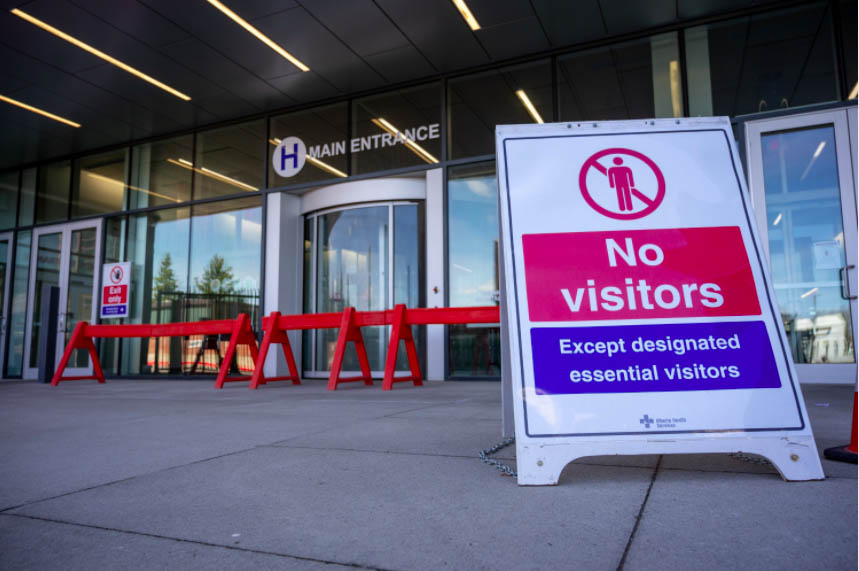
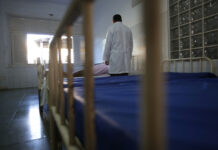


Leah and MIA
Thank you for this critically important type of reporting during the Covid 19 crisis.
Richard
Report comment
Is this obssession with masks warranted?
I read a comment a couple of days ago that said “Thinking a mask will stop COVID 19 is like thinking your underware will stop a fart”. I hope the masks are a bit more effective than that lol
Report comment
I found this article to be one of the clearest written to date about why we should all be wearing masks – to protect others. Maybe you will find it helpful in understanding this issue as well.
https://amp.theatlantic.com/amp/article/610336/
Of course, your underwear does not stop a fart, it does however offer some protection to your outerwear from a shart. Likewise, with masks and COVID-19, we’re not talking about stopping microtized vapors but rather liquid droplets. Hopefully, you can see the association between these a little more clearly now.
Report comment
Removed for moderation.
Report comment
Thanks for sharing this Leah.
I’m going to post a link to this article on Facebook.
I suggest cloth masks. You can make them yourself with a YouTube video. Or just wrap a bandanna or scarf around your nose and mouth. That way we can reuse them and save the disposable kinds for medical facilities.
Report comment
So, Lori wasn’t allowed to have safe, low-drama care in the community. But, somehow, it was no trouble to cram her into a cage where panic, infestation, and evasion reign supreme. Yep. Sounds like peak psychiatry.
Report comment
Leah’s reports are always a must read. THANK YOU.
Dr. Jennifer Daniels ( interviews are on YouTube )(she did get a degree from Harvard ) says viruses are spread by fecal matter . That it is important to have your own toilet to use or as few people using the same one as possible . Could this mean we must mask another part of our anatomy and that covid is more likely spread by farts? She says hospitals get an automatic $40,000 for each patient that dies diagnosed with covid . Some incentive . She says if totally healthy people were put on a ventilator 16% of them would die. That ventilators just push air in and don’t do the exhale. In fact she says before a person can completely exhale the ventilator is already pushing more air in too forcefully and is damaging lungs and killing people. Do people get a chance to spit out mucus that forms or is it all driven back into the lungs by the ventilator ? She said the covid tests are inaccurate 80% of the time . Say’s it’s business as usual for the AMA . They just found another way to kill people and collect . Are the ventilators used in Israel the same as the ones used in the USA ? Also are the ones used in Israel less likely to cause lung damage ? Israel does offer their patent for the manufacture of their in house designed ventilator, (which if needed their military and civilians use), for free to anyone who is able to manufacture ventilators anywhere in the world.
Report comment